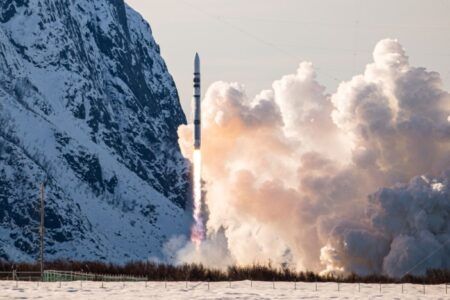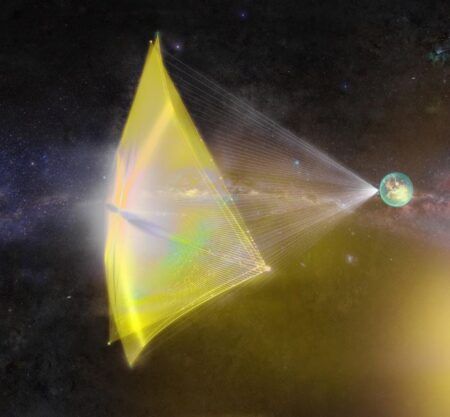The Sierra Nevada Corporation (SNC) Dream Chaser spacecraft has successfully completed an atmospheric free-flight test. Lifted by a Columbia Helicopters 234-UT Chinook helicopter, the 30ft full-scale test vehicle was released and flew a pre-planned flight-path before landing autonomously on Runway 22L at Edwards Air Force Base in California.
“The Dream Chaser flight test demonstrated excellent performance of the spacecraft’s aerodynamic design and the data shows that we are firmly on the path for safe, reliable orbital flight,” said Mark Sirangelo, corporate vice president of SNC’s Space System business area.
The test verified and validated the performance of the spacecraft in the final approach and landing phase of flight, modeling a successful return from the space station, by flying the same flight path that would be used returning from orbit. This free-flight proves the highly important landing attributes needed to bring back science and experiments from the space station.
SNC and NASA will evaluate the test data, including the spacecraft’s aerodynamic and integrated system performance, from an altitude of 12,400ft through main landing gear touchdown, nose landing gear touchdown and final roll-out to wheel-stop on the runway.
The first orbital vehicle is scheduled to go to the International Space Station in approximately 2020 for a minimum of six missions as part of NASA’s Commercial Resupply Services 2 contract (CRS2). The missions will supply astronauts with much needed supplies and technical support elements and enable the gentle return of scientific experiments. The test vehicle was originally developed under the Commercial Crew Integrated Capabilities agreement (CCiCap).
“I’m so proud of the Dream Chaser team for their continued excellence. This spacecraft is the future and has the ability to change the way humans interact with space, and I couldn’t be happier with SNC’s dedicated team and the results of the test,” said Fatih Ozmen, CEO of SNC.
November 16, 2017




